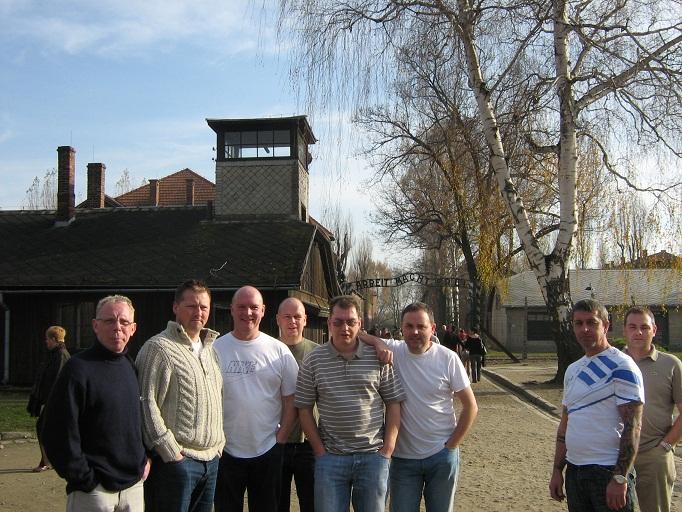We specialize in PRIVATE krakow tours and transfers to:
Please CLICK HERE if You want to ask for any other tour or transfer!
The history of Krakow the royal city – a city of legends, where time flows differently and where every second is enjoyable. For centuries, Krakow was the capital of Poland, the seat of kings, the city of students and artists from the whole world. Places you can’t miss and you Should take Krakow Tours are: The renaissance Royal Castle at Wawel, the gothic St Mary’s Basilica, the historical trade pavilions of the Cloth Hall, the former separate Jewish city of Kazimierz, and the Nowa Huta district. Although the city no longer plays such an important administrative role, for many people, thanks to its rich history, Krakow nevertheless represents a synthesis of all Polish things, connecting tradition with modernity. In the special atmosphere of the beautiful and mysterious streets of the Old Town and Kazimierz you will find everything you need to allow you to escape from everyday life. Galleries full of exhibitions, cafes, pubs and restaurants: this is merely a modest part of what we can offer travelers seeking exciting destinations on the world map. What is more Krakow Tours offers Skiing and Snowboarding and also Salt Mine and Auschwitz Sightseeing which are the most common trips people crave to do. The city of Krakow is the capital city of the Malopolskie (Little Poland) province in the southern region of Poland. It covers both banks of the Vistula River. Krakow is in Uplands region at the foot of the Carpathian Mountains and only 100 km from Tatra Mountains. It is Poland’s third largest city, with a population of 756,000. Krakow is one of the oldest cities in Poland, with evidence showing settlements there since 20,000 BC. Legend has it that it was built on the cave of a dragon that the Shoemaker Dratewka had slain. However, the first official mention of the name was in 966 by a Jewish merchant from Spain, who described it as an important centre of trade in Slavonic Europe. Through trade with the various rulers of Europe, it grew from a small settlement in 1000AD to a large wealthy city. However, through the 9th and 10th centuries, it fell under the influence of the Great Moravians, then the Bohemians, before being taken by the Piast Dynasty of Poland. In 1038, King Kazimierz the Restorer made Krakow the capital of Poland. In 1241, the city was almost completely destroyed by Tatars. Then it was rebuilt to a design that remains largely unchanged to the present day. However, after more successful attacks by the Mongols in the late 13th century, Kazimierz the Great decided to make the city safer and erected Walls, fortifications, and the original Wawel Castle. The University was also established. King Kazimierz established the district of Kazimierz for Jews to live in free from persecution. This area remained mainly Jewish for centuries until the Nazi occupation. The 16th century was Krakow’s golden age. Under the influence of the joint Polish-Lithuanian Jagiellonian dynasty, Krakow became a centre of science and the arts. In 1569, Poland was officially united with Lithuania and as a result government activity started to move to Warsaw. King Zygmunt III officially moved the capital in 1609. However, the 17th century was a return to troubled times for Krakow and Poland. After invasion of Russians, Prussians, Austrians, Transylvanians, Swedes, and the French, it went through a phase of various forms of political control. These included being part of the Duchy of Warsaw, established by Napoleon, and becoming an “independent city”. However, it mostly fell under the sphere of influence of the Austrian Habsburg Empire, in the province of Galicia. In the First World War, Józef Pilsudski set out to liberate Poland and the Treaty of Versailles (1919) established an independent sovereign Polish state for the first time in more than 100 years. This lasted until the Second World War, when Germany partitioned the country, with German forces entering Krakow in September 1939. Many academics were killed and historic relics and monuments were destroyed. Concentration camps were established near Krakow, including Plaszow and Auschwitz Birkenau where we organize Krakow Tours. After German withdrawal, the city escaped complete destruction and many buildings survived. In the Communist period, a large steel works was established in the suburb of Nowa Huta. This was seen as an attempt to lessen the influence of the anti-Communist intelligentsia and religious communities in Krakow. In 1978, UNESCO placed Krakow on the World Heritage Sites list. In the same year, the Archbishop of Krakow, Karol Wojtyla, become Pope John Paul II. The Communist Government collapsed in 1989 and Krakow is now undergoing another period of regeneration, with a lot of restoration going on.
